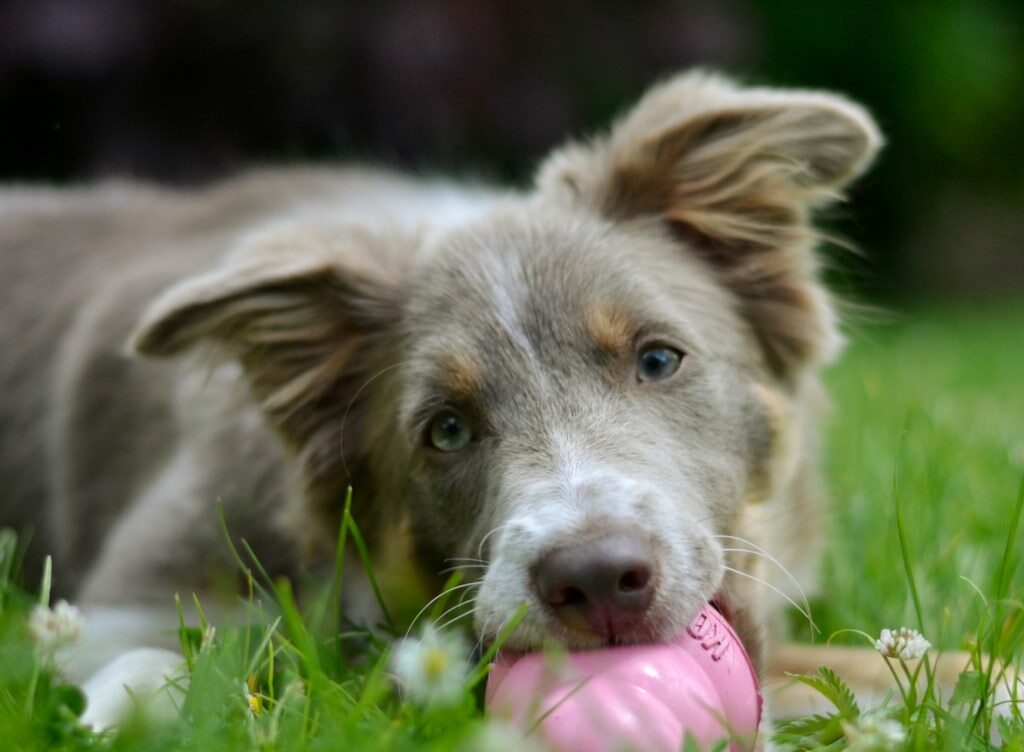
How to Stop Your Dog’s Destructive Chewing: Expert Tips for a Happier Home
Stop Your Dog’s Destructive Chewing: Effective and Safe Strategies
Understanding the “Why” Behind Your Dog’s Chewing
Before you can effectively stop your dog from turning your beloved furniture into chew toys, it’s essential to understand what’s driving this behavior. Dogs, especially puppies, naturally chew to explore the world, relieve teething discomfort, and reduce boredom or anxiety. Older dogs might chew to keep their jaws strong and their teeth clean. Recognizing the underlying cause is the first step in addressing the problem thoughtfully and compassionately.
Stress and separation anxiety are common triggers for destructive chewing. If your furry friend chews more when left alone, this might indicate anxiety issues. Consulting with a professional veterinarian or a pet behaviorist can help you get to the root of the issue and develop a tailored strategy to manage this behavior effectively.
It’s also worth noting that certain breeds are more prone to chewing than others. Breeds with high energy levels or hunting backgrounds may need more stimulation to divert their chewing instincts into more appropriate activities. Engaging your dog in regular physical activity can significantly reduce unwanted chewing incidents.
Deterrents and Safe Alternatives: Protect Your Furniture
Incorporating deterrents can be a strategic way to protect your furniture. Products like bitter apple sprays or citrus oils can make chewing less appealing to your dog. However, it’s crucial to choose safe, non-toxic products designed specifically for pets, ensuring they won’t harm your furry pal even if they decide to take a taste.
Moreover, providing plenty of chew-appropriate toys is critical. Invest in durable toys that satisfy your dog’s urge to gnaw without breaking apart easily. Rotate these toys regularly to keep your dog’s interest peaked, preventing them from turning back to your furniture out of boredom.
Do not forget to supervise your dog during playtime, especially with new toys. Monitoring their interaction with toys allows you to ensure they’re engaging safely and not swallowing any pieces, which could lead to health emergencies. Safety always comes first when introducing new elements to your pet’s environment.
Redirect, Train, and Reward: Promoting Good Behavior
Training your dog to stop chewing inappropriately involves consistent redirection and positive reinforcement. When you catch your dog chewing on something off-limits, calmly redirect them to an appropriate toy. Immediately reward them with praise or a treat when they switch their focus. This positive reinforcement makes good behavior a more appealing choice.
Establishing a routine and providing plenty of mental stimulation and physical exercise can also deter unwanted chewing. Ensuring your dog has enough exercise for their particular breed and age is a preventative strategy that can lead to significant improvements.
If the problem persists despite your best efforts, it may be time to seek professional help. A trained behaviorist can offer insight into why your dog continues to chew destructively and can provide a more personalized approach to mitigating this behavior.
Maintain a Chew-friendly Home Environment
Creating a safe, engaging environment for your dog extends beyond providing toys. Consider organizing a specific play area where your dog can enjoy their chew toys without the temptation of household items. Use dog gates or closed doors to restrict access to particularly tempting rooms until your dog learns what is and isn’t acceptable to chew on.
Cleanliness can also play a crucial role in preventing destructive chewing. Regularly remove items like socks, shoes, and children’s toys from areas accessible to your dog, removing temptations before they lead to problems.
Consistency is key. Everyone in your household should follow the same rules regarding your dog. Consistent boundaries and expectations across the board help your dog learn acceptable behaviors more quickly and prevent confusion, making your anti-chewing strategies more effective.
In conclusion, stopping your dog from chewing inappropriately is a multi-faceted approach involving understanding, prevention, training, and adjustment of the environment. Always prioritize your pet’s safety and well-being, and don’t hesitate to consult professionals for guidance tailored to your specific situation. With patience and consistency, you’ll be able to protect your belongings and enjoy a happier, healthier relationship with your dog.
